
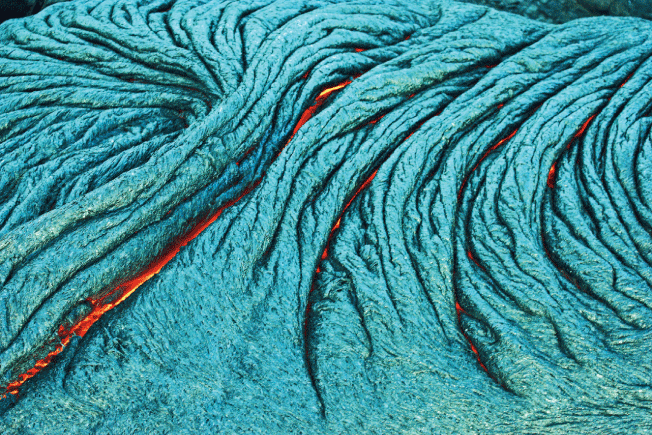 |
Pahoehoe |
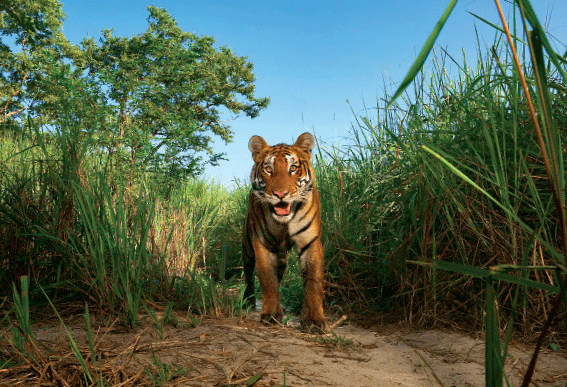 |
| Tiger, India Tigers are the largest members of the cat family and are renowned for their power and strength. There were eight tiger subspecies at one time, but three became extinct during the 20th century. Over the last 100 years, hunting and forest destruction have reduced tiger populations from hundreds of thousands of animals to perhaps fewer than 2,500. Tigers are hunted as trophies, and also for body parts that are used in traditional Chinese medicine. All five remaining tiger subspecies are endangered, and many protection programs are in place. |
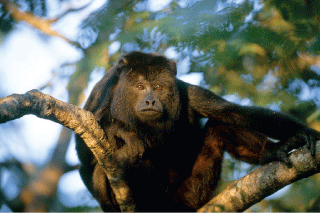 |
| Howler Monkey The highly vocal howler monkey is the largest of the New World monkeys. Howlers, found in tropical Central and South America, are aptly named for their cacophonous cries. When a number of howlers let loose their lungs in concert, often at dawn or dusk, the din can be heard up to three miles(five kilometers) away. The noise sends a clear message to other monkeys: This territory is already occupied by a troop. |
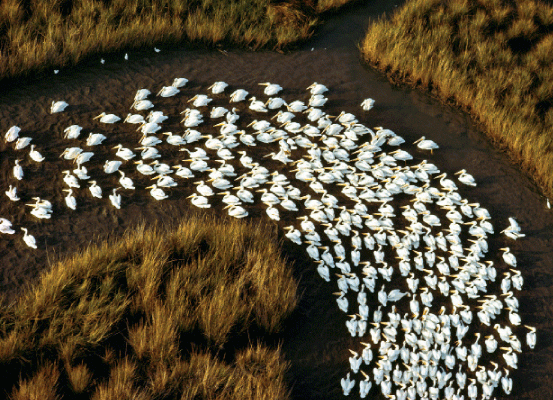 |
| White Pelicans, Mississippi White pelicans are among the largest Mississippi Flyway migrants. At an average weight of 16 pounds (7 kilograms), they rely on a nine-foot (three-meter) wingspan to enable flight at very high altitudes. They use a unique fishing technique, cooperatively herding fish into small areas on the surface where the pickings are easy. |
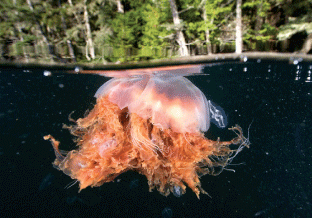 |
| Lion's Mane Jellyfish The world's largest creatures reside in the ocean, and its depths are home to unusual species whose surprising proportions are unknown on land. Here, an underwater view captures the billowing tentacles of a lion's mane jellyfish. The most potent species of jellyfish, the lion's mane can reach a diameter of 6.6 feet (2 meters) with tentacles topping 49 feet (15 meters). |
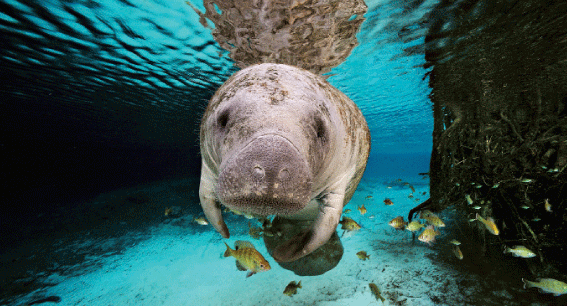 |
| Manatee, Florida Manatees are sometimes called sea cows, and their languid pace lends merit to the comparison. However, despite their massive bulk, they are graceful swimmers in coastal waters and rivers. Powering themselves with their strong tails, manatees typically glide along at 5 miles (8 kilometers) an hour but can swim 15 miles (24 kilometers) an hour in short bursts. |